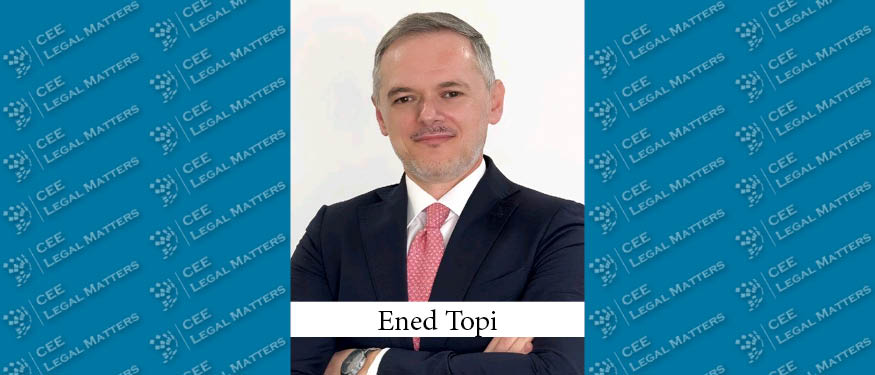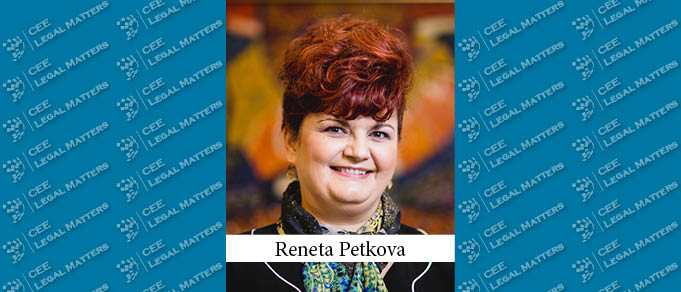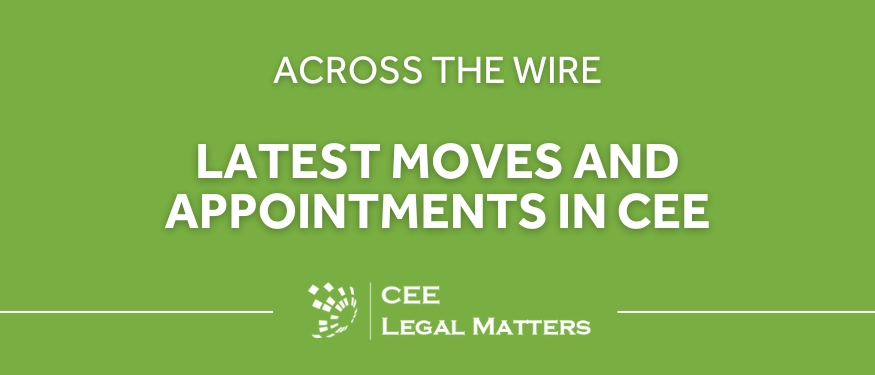Debt pushdown structures have become a prevalent strategy in Estonia for company acquisitions. However, up until now, the absence of clear regulatory guidance has left companies and their legal advisors navigating uncertain terrain, particularly concerning the tax implications. The (at the time of writing) soon-to-be-published guidance on the taxation of debt pushdowns is poised to provide much-needed clarity.
The typical debt pushdown scenario involves investors establishing a separate entity to secure a loan for acquiring a target company. Following the acquisition, the acquisition vehicle merges with the target company, transferring the loan obligation to the target company, which then services the debt using its commercial revenue. This strategy has become so common in Estonia that banks often require it as a condition for financing acquisitions.
For years, the Estonian tax authority has hinted at the possibility of taxing debt pushdown structures, frequently collecting information on such transactions yet rarely, if ever, following through with taxation. Despite no known instances of taxation, the persistent scrutiny and requests for information created an atmosphere of uncertainty for investors, leading to some acquisitions falling through.
Debt pushdown structures attract the attention of the Estonian tax authority because they effectively allow investors to service the acquisition loan using the pre-tax income of the acquired entity. Since Estonia only taxes corporate income upon profit distribution, loan principal and interest payments reduce the potential taxable base. The tax authority has long sought to tax these structures, arguing they provide an undue advantage compared to when investors service similar loans using taxable dividends from the acquired company. It is the lack of a clear basis for taxation that led the tax authority to begin developing its guidelines.
Under Estonian tax law, the transfer of a loan during a merger and its subsequent servicing are not taxable events. Consequently, there has been a general understanding that potential taxation of debt pushdown structures could only arise under general anti-abuse rules and in specific instances. However, when the tax authority released its draft guidelines to select interest groups at the start of the consultation process, it became evident that the scope of proposed taxation had been significantly expanded.
In the initial draft, the tax authority adopted a broad and stringent stance, classifying all debt pushdown structures within corporate groups as aggressive tax planning and proposing universal taxation. For non-group debt pushdowns, the guidelines identified several characteristics of the acquiring entity that could trigger taxation, such as the absence of employees or assets, a relationship with the financier, or a short interval between the entity’s establishment and its merger with the target company. This approach faced substantial criticism.
The primary and widespread criticism centered around the tax authority overstepping its bounds by infringing on the competence of the legislator, effectively attempting to create a new object of taxation. According to existing law, debt pushdowns are not inherently taxable unless they contravene anti-avoidance rules, which necessitate that tax avoidance be one of the primary objectives of the parties involved in using the debt pushdown structure. However, the initial guidelines disregarded this principle, instead proposing objective criteria for imposing tax without considering the intent behind the transactions.
Through the consultation process and multiple revisions, the tax authority has reworked its approach in the (at the time of writing) forthcoming guidelines. The central principle in these updated guidelines is that debt pushdown structures established for legitimate business purposes will remain exempt from tax. Debt pushdown structures can serve various purposes beyond tax advantages, such as effective risk management, securing acquisition financing, or achieving cost savings. Therefore, tax will only be imposed when obtaining a tax advantage is the primary – or one of the primary – objectives of using the structure.
Although the objective criteria outlined in the initial draft may still be used to assess potential intentions, they do not, on their own, conclusively demonstrate an intent to gain a tax advantage. This crucial distinction underscores the need to evaluate each case based on its specific circumstances. Accordingly, the (at the time of writing) upcoming guidelines fulfill their intended purpose of clarifying the practical considerations the tax authority will apply when interpreting existing anti-avoidance rules, without introducing any fundamental changes to the underlying objects of taxation. Importantly, debt pushdown structures remain a viable and legitimate mechanism for company acquisitions, as long as they are implemented with sound commercial rationale and not primarily for tax avoidance purposes.
By Egon Talur, Partner, Karli Kutt, Specialist Counsel, and Taaniel Sivonen, Associate, Cobalt
This article was originally published in Issue 11.9 of the CEE Legal Matters Magazine. If you would like to receive a hard copy of the magazine, you can subscribe here.

























